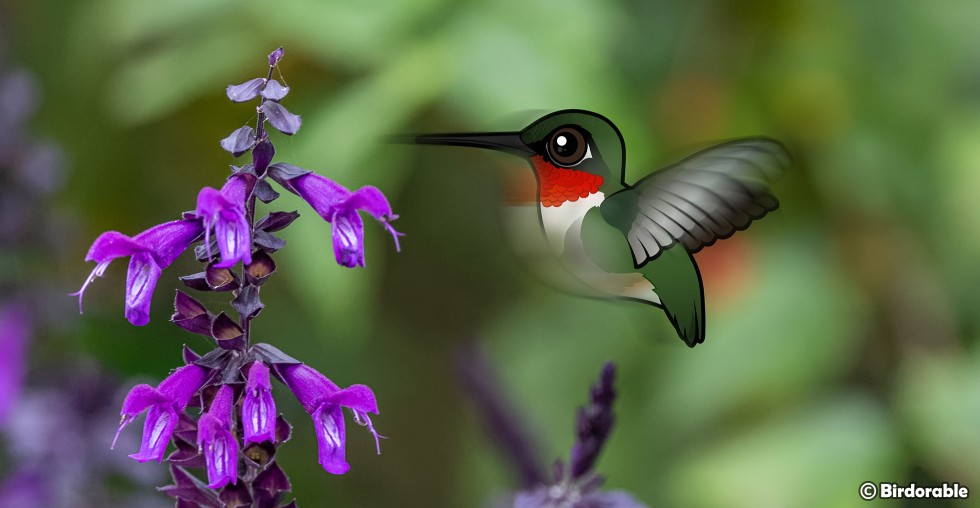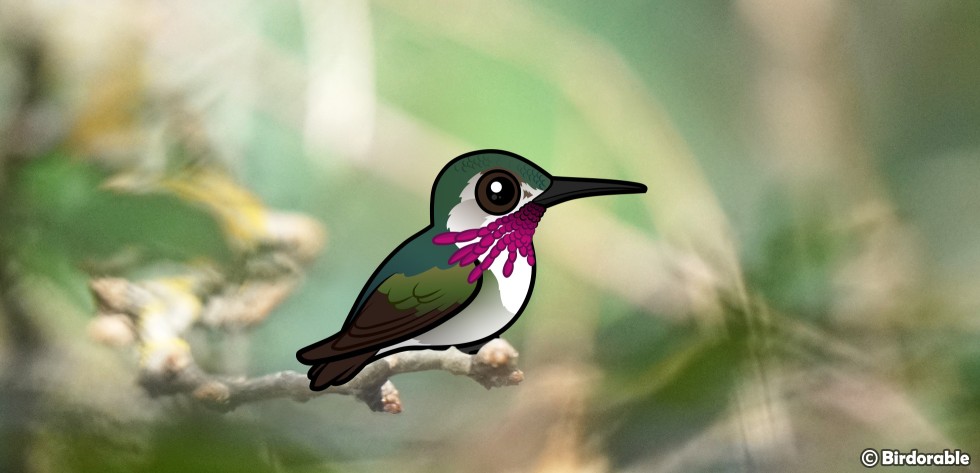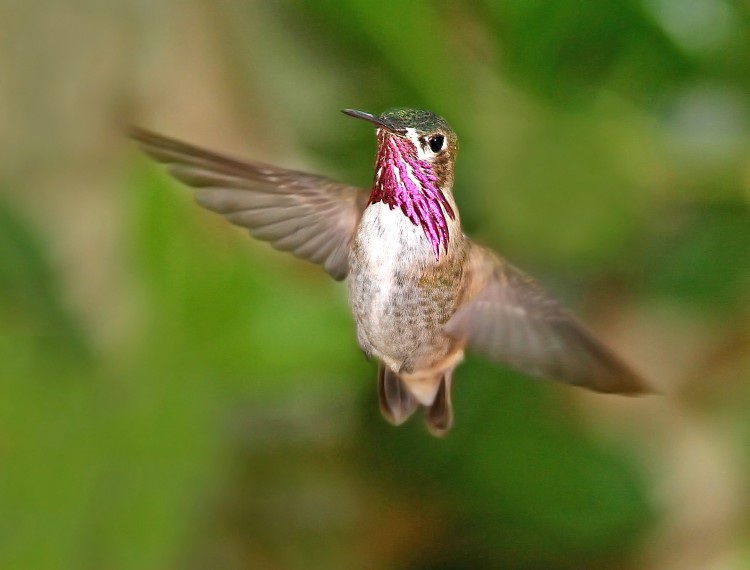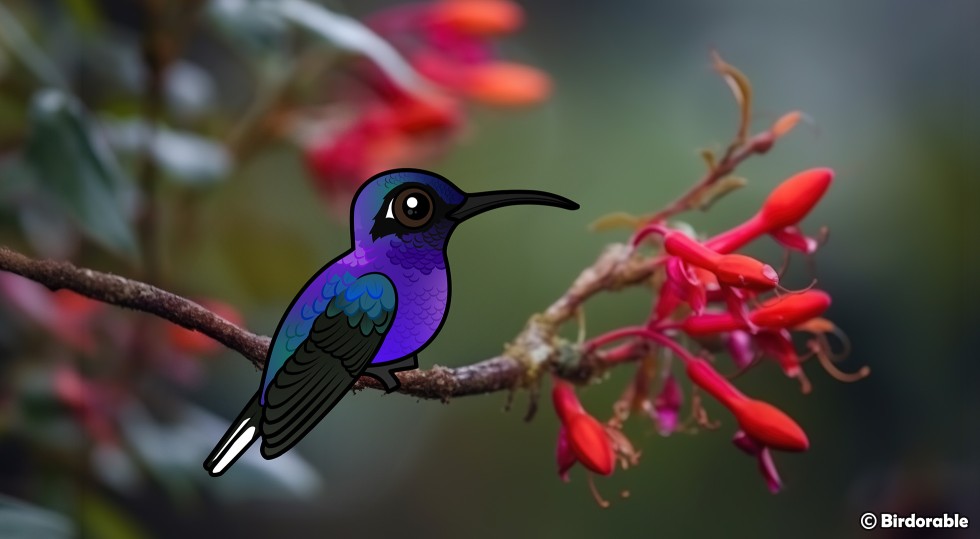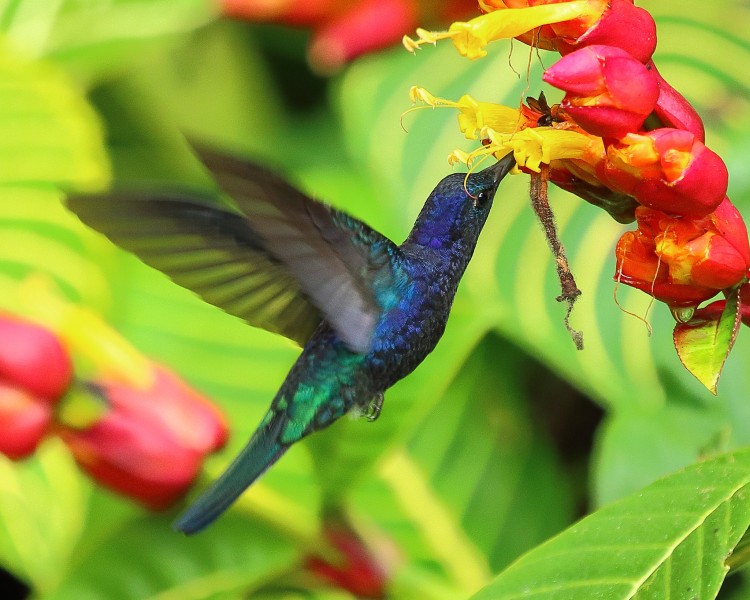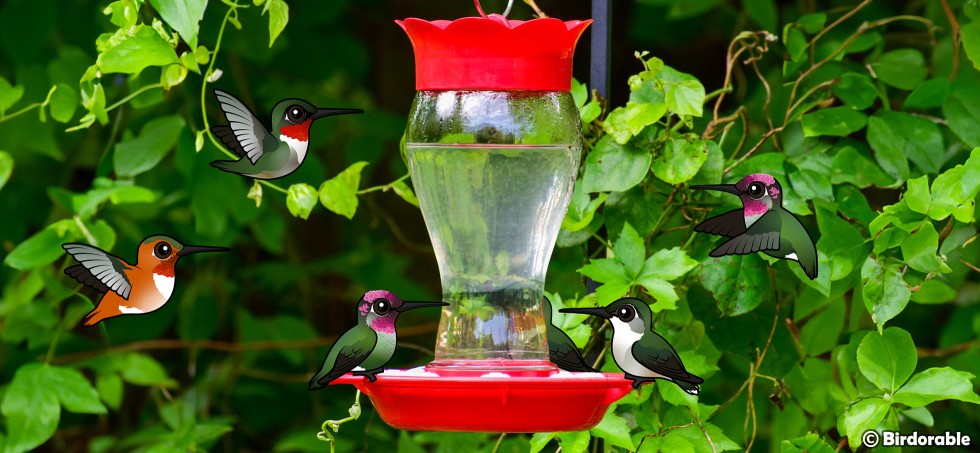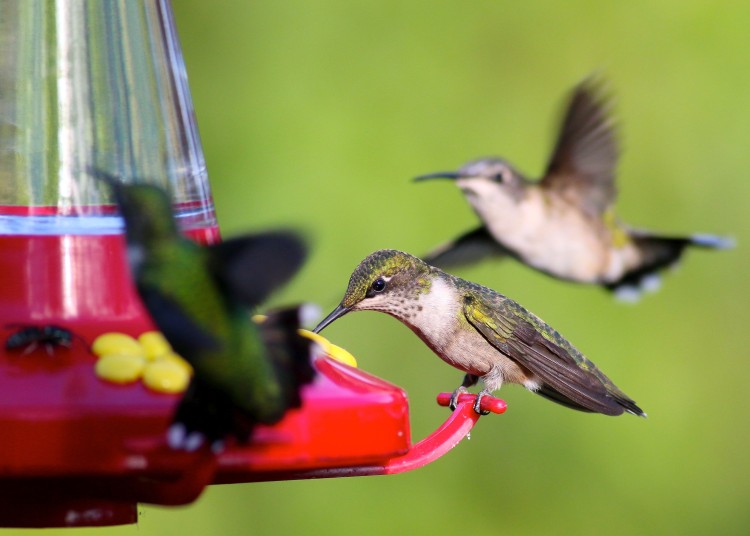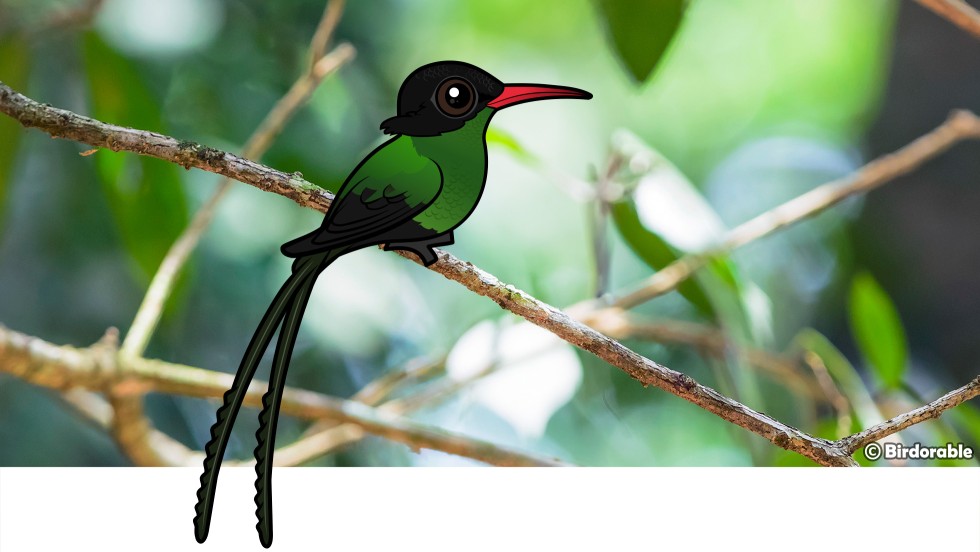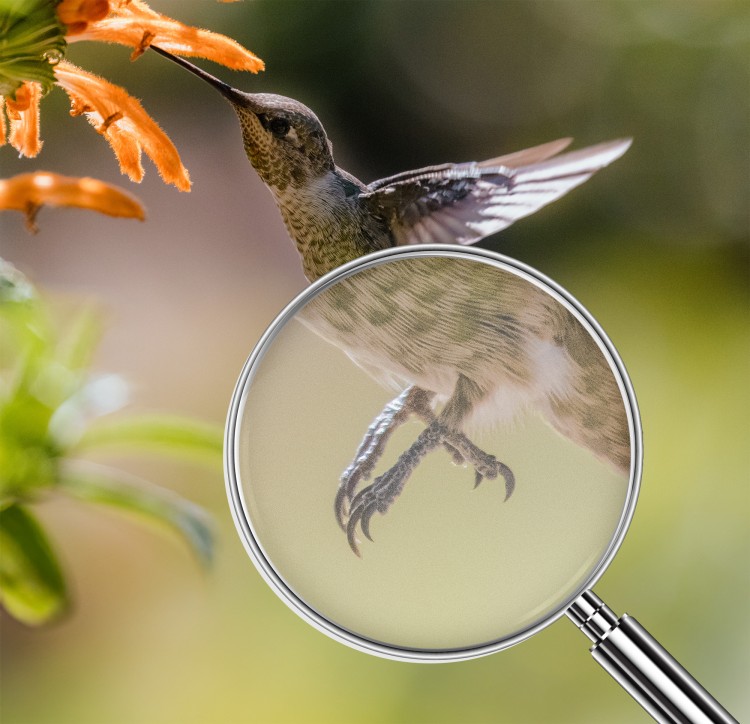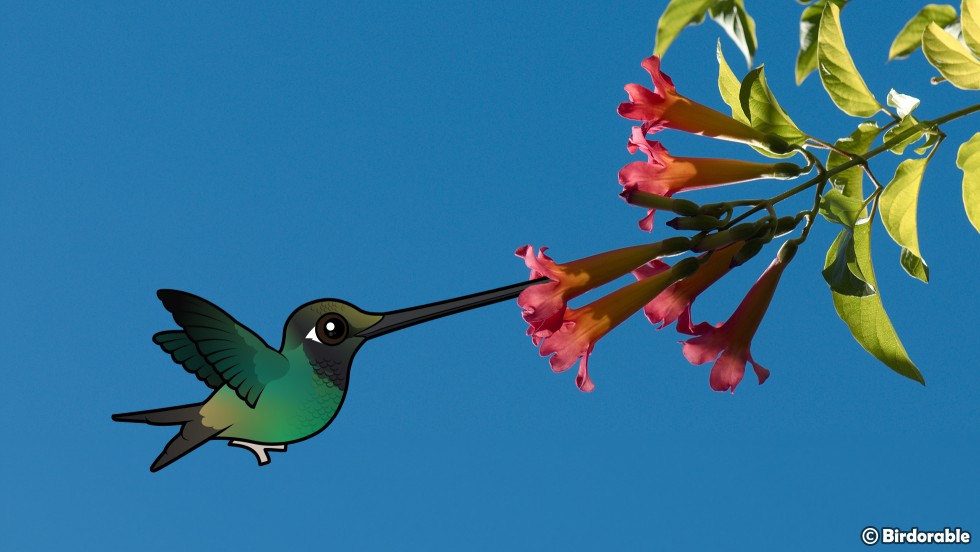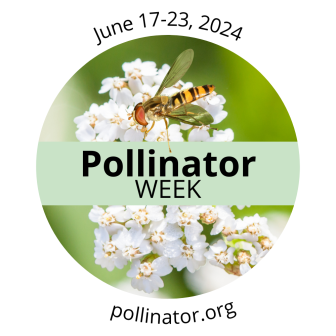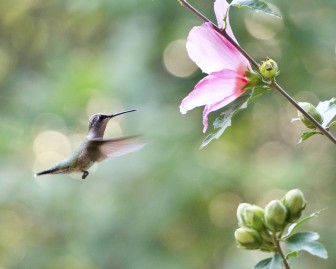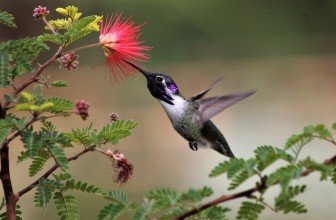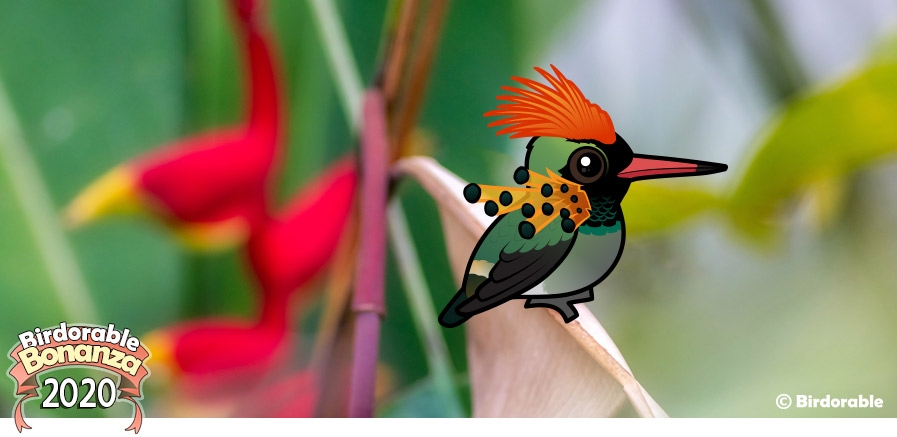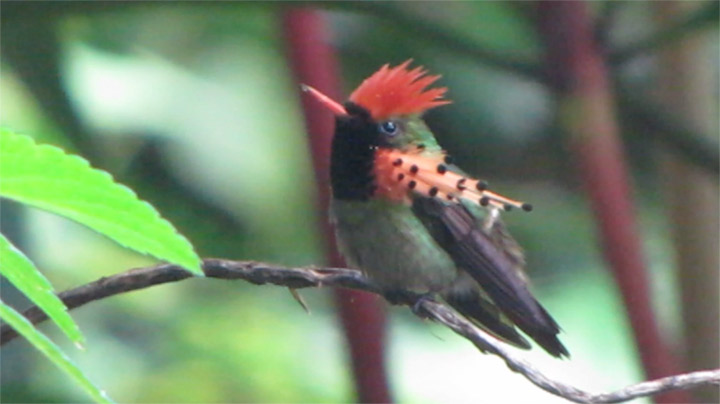Design Spotlight
The “EXTRA” Hummingbird– Bold, Fun, and Unapologetically Extra
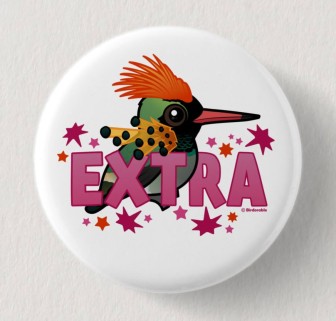
Birds can be EXTRA too! In this design spotlight, we’re featuring a flamboyant and fun Birdorable species of hummingbird, the Tufted Coquette. This little one isn’t afraid to show off. Bursting with color, personality, and style, this quirky illustration is perfect for bird lovers who embrace their bold side.
What happens when you combine a cute cartoon hummingbird with a pop of vibrant color and a splash of attitude? You get this unapologetically bold design!
The Tufted Coquette features:
- A fabulous orange crest styled like a wild hairdo
- Eye-catching spots and patterns on its wings
- A magnificent two-tone beak
This design is a celebration of all things flamboyant and fun—a true ode to those who stand out from the flock! Whether it’s the vibrant bird itself or the loud-and-proud text, this design screams “be you, be EXTRA!”
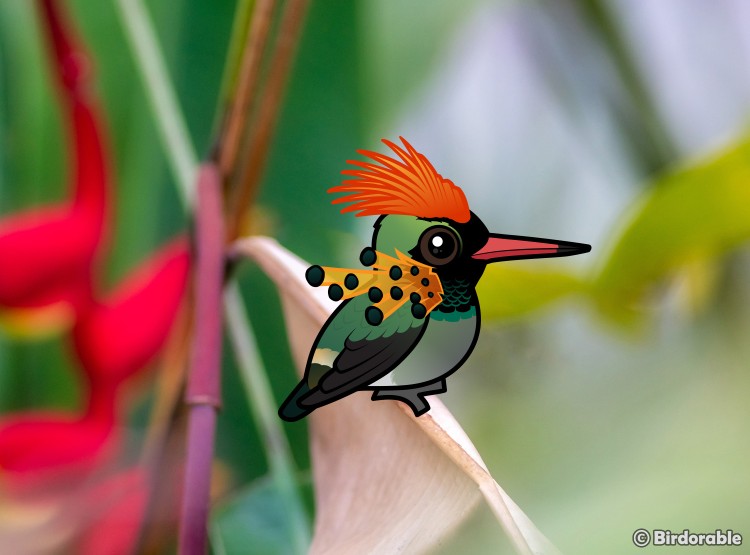
Our unique “EXTRA” Tufted Coquette design is perfect for:
- Birders with personality who like a splash of humor
- Fans of colorful, bold bird designs
- Nature enthusiasts who celebrate uniqueness
- Anyone who loves standing out (or knows someone who does!)
This design is available on a variety of fun products that make great gifts for kids, adults, or anyone with an extra flair for life:
- T-Shirts for colorful, casual wear
- Tote Bags for outings with style
- Mugs to brighten up your coffee breaks
- Phone Cases to showcase your bold side
- Pillows to add a playful touch to your home
No matter where you take it or how you display it, this design brings a cheerful pop of personality wherever it goes. Birdorable’s “EXTRA” hummingbird design reminds us to celebrate our quirks, stand out, and have a little fun. Whether you’re rocking this design on a tee, gifting it to your favorite flamboyant birder, or decorating your space with its cheerful energy, it’s sure to bring smiles and a little extra flair to everyday life.
Be bold. Be colorful. Be EXTRA.














